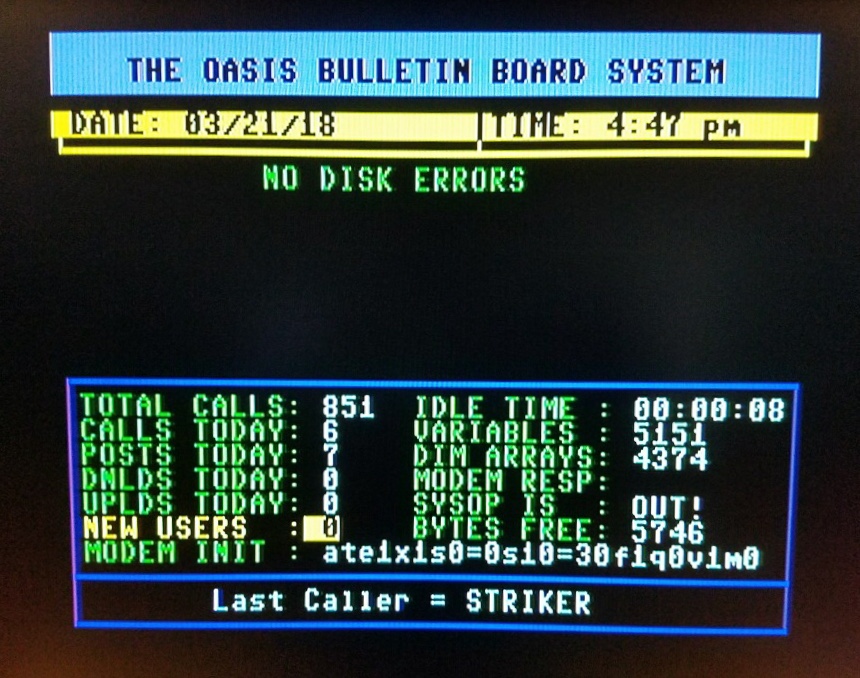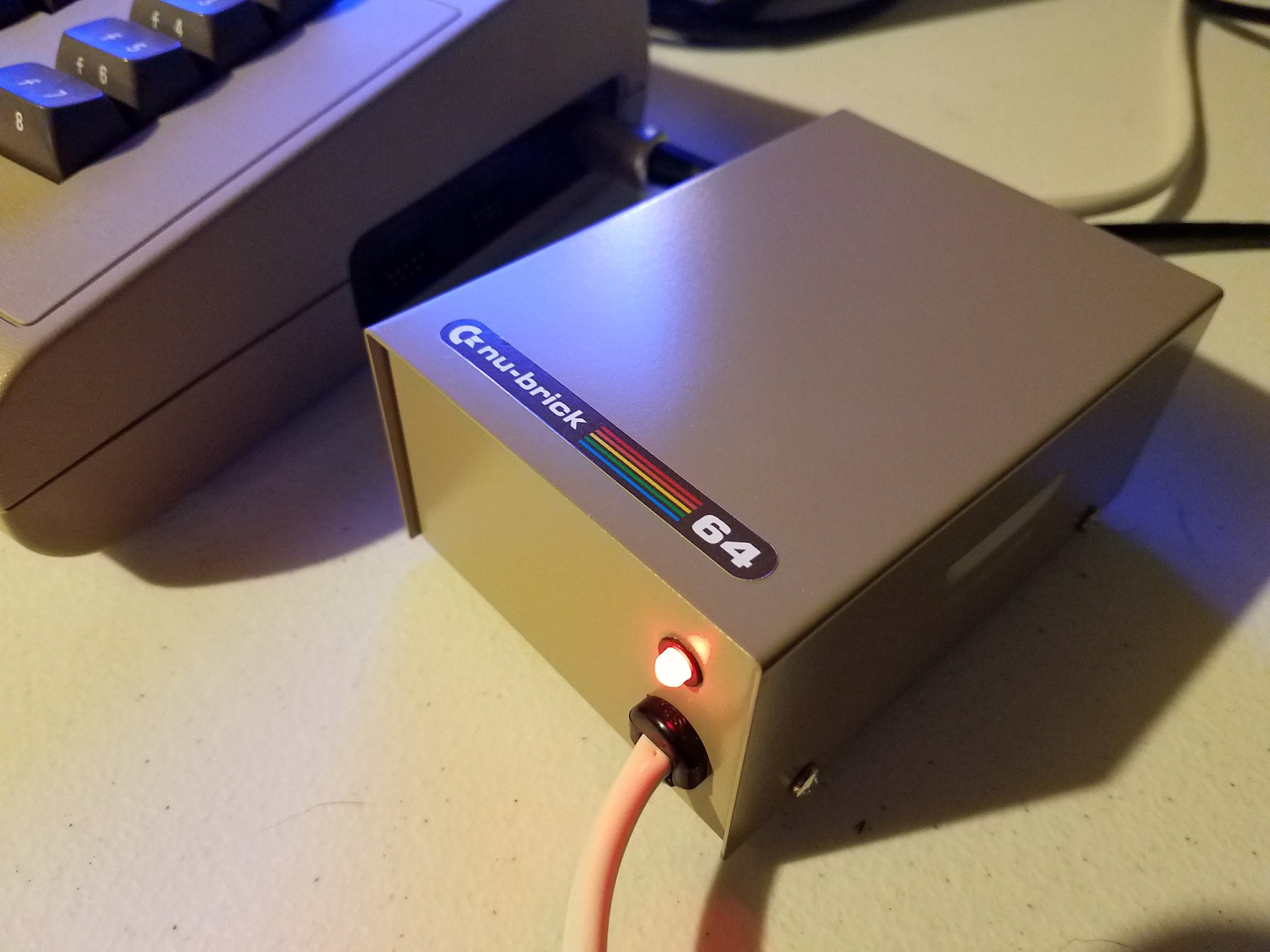In this episode of Chris Edwards Restoration, the focus is on an Amiga IDE repair unlike any other. A viewer from Mississippi sent in a system with catastrophic damage: a destroyed IDE header, burnt resistor, and missing traces. The challenge is to restore IDE functionality without sacrificing reliability.
Assessing the Damage
Chris unpacks the machine and immediately spots the severity of the situation. Nearly half the IDE connections are gone, with 23 bad pins on the top side. The underside is just as bad, featuring stripped vias and exposed fiberglass. Several components near the PCMCIA controller show signs of heat damage and residue from earlier repair attempts.
Using Amiga PCB Explorer, he checks continuity for all 44 pins. The results confirm this Amiga IDE repair will require point-to-point wiring, micro-soldering, and a methodical approach to restore every connection.
Rebuilding the Connection
Chris threads wires through the header holes, scrapes solder mask to expose good copper, and links each connection to the 245 transceivers and related logic ICs. Large ground planes are bridged with jumpers, and badly damaged traces receive direct wire replacements.
Precision tools, including ultrafine soldering tips, allow him to navigate the cramped workspace. While the repair isn’t visually perfect, function takes priority. Each line is tested for continuity before moving forward, ensuring this Amiga IDE repair will stand the test of time.
Moment of Truth
After securing and cleaning the wiring, Chris powers up the board. The hard drive light responds, and Workbench begins to load—proving the IDE header works again. Although the test media contains mismatched Workbench versions, the system’s successful boot confirms the restoration.
This “Mississippi Queen” now joins the growing list of Amiga saves. Chris ends with a reminder to practice on scrap boards before attempting repairs on rare systems, and to support the Amiga community’s ongoing preservation efforts.







